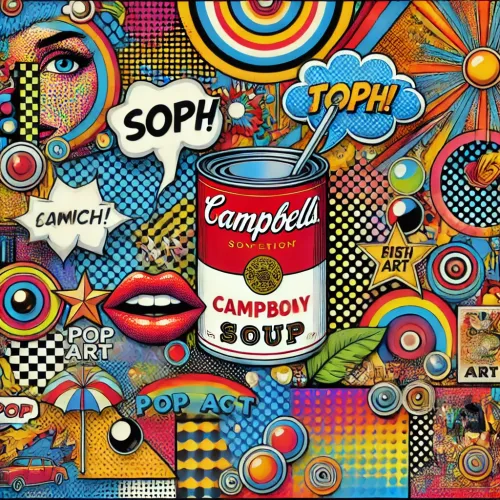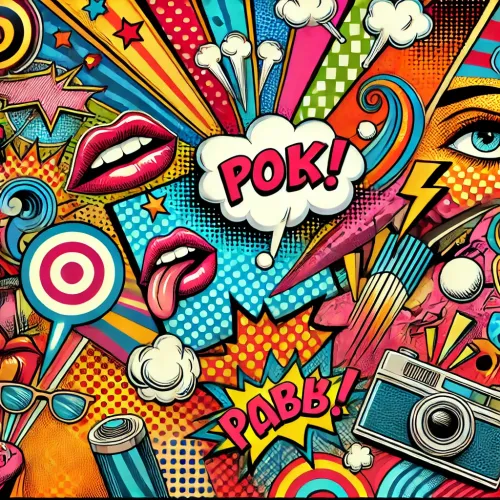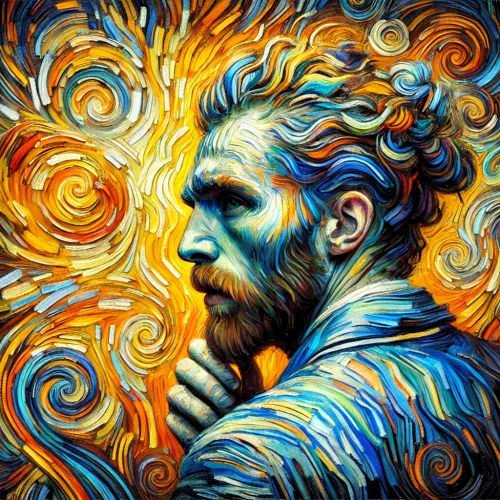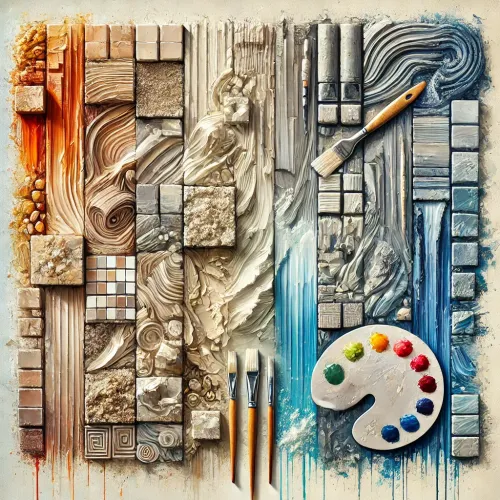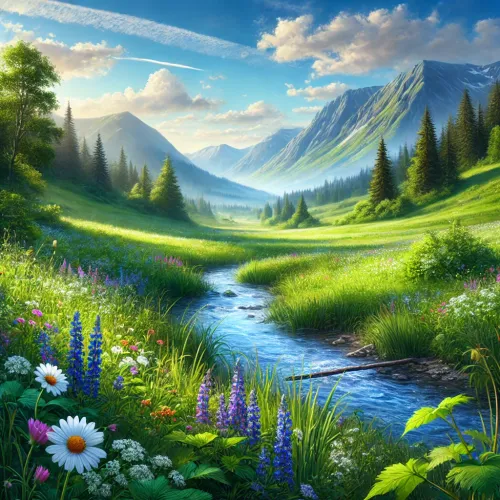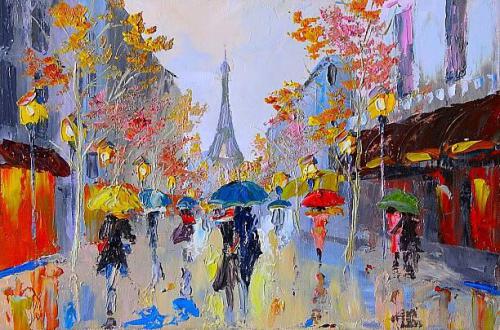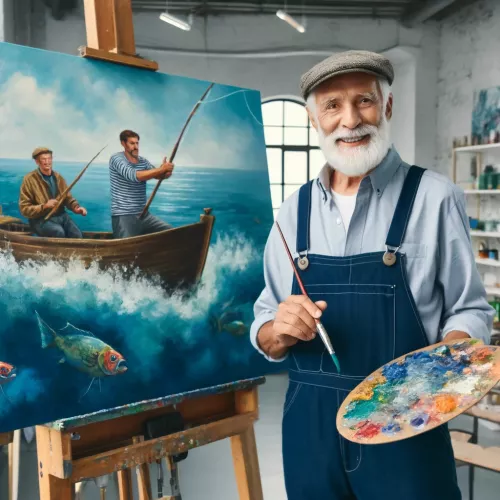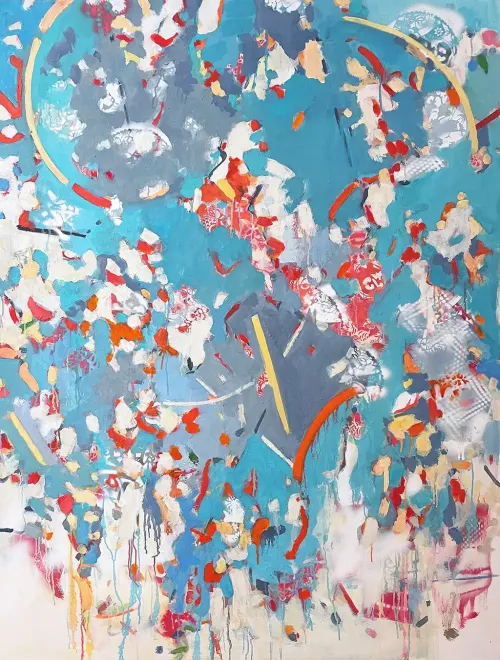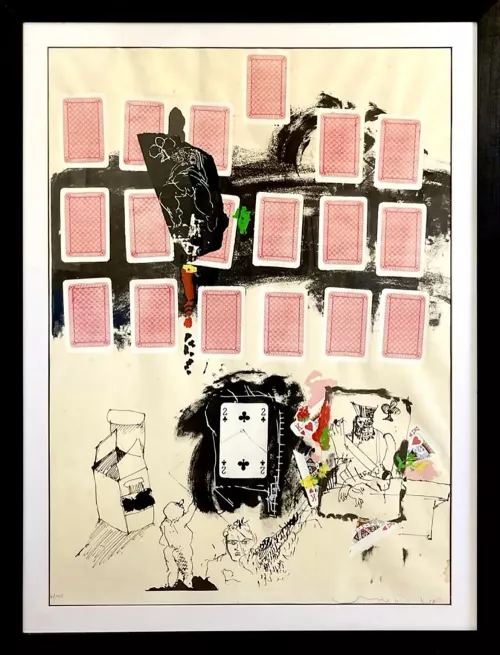The Intersection of Technique and Legacy in Watercolor Painting
Bridging Time and Technique - How Iconic Watercolor Artists Shaped the Medium Legacy
Bridging Time and Technique - How Iconic Watercolor Artists Shaped the Medium Legacy
The Intersection of Technique and Legacy in Watercolor Painting
Watercolor painting is a medium that allows artists to capture ethereal beauty with fluid strokes and transparent layers of color. The techniques used by watercolor masters have not only produced timeless artworks but also influenced generations of painters. Examining the methods of famous watercolor artists provides insight into how their technical choices contributed to their legacy and reveal core techniques for mastering watercolors. From foundational brushwork to innovative uses of materials, an artist's approach directly shapes their visual style and impact. As we explore case studies of iconic watercolors, it becomes clear how technique and legacy are deeply intertwined in this nuanced art form.
Overview of Famous Watercolor Paintings and Artists
Watercolors first emerged as an art form in the Renaissance era with pieces on parchment by masters like Albrecht Dürer. Landscape watercolors gained popularity in 18th-century England before the portable medium became a fixture of travel sketching. Icons like J.M.W. Turner expanded the emotive possibilities of the fluid medium. In America, Winslow Homer brought vivid realism to scenes of nature and rural life using watercolors while Georgia O'Keefe invented her modernist style. Moving into the 20th century, abstract pioneers like Wassily Kandinsky introduced new technical frontiers. Contemporary luminaries like Andrew Wyeth continued advancing watercolor methods up to the present day by mastering the balance of control and spontaneity unique to the pigments.
Mastering the Medium: Core Techniques in Painting with Watercolors
While watercolor methods vary widely, there are fundamental techniques essential for any painter to control the finicky medium. First, the painter must understand proper water-to-paint ratios and brushwork for even wash applications. Second, using masking fluid to preserve whites allows for planning lights and darks. Once bases are laid, graded washes build luminous layers from light to dark. Doing wet-on-wet blending produces soft edges while crisp detail emerges from precise brushstrokes on dry paper. Saving whites enhances highlights; scraping pigment lifts color.
Techniques from Famous Watercolor Artists
Inspecting iconic watercolors reveals how pioneering artists expanded the medium's capabilities through technical innovation. J.M.W. Turner harnessed accidents by manipulating gravity, letting pigments drip and bloom to convey drama. John Singer Sargent built rich textures with calligraphic brushstrokes. Charles Reid invented the variegated wash, floating separate puddles to intermingle colors with irregular edges. Andrew Wyeth perfected the drybrush technique, sculpting tempered strokes over bone-dry paper for precision realism. Georgia O’Keeffe leveraged the uneven flow of watercolors to craft abstract forms mimicking nature. Living masters like Joseph Zbukvic bring loose expressiveness to city scenes using flexible mixed-media methods. While every artist finds a unique voice, we can enrich our own work by studying and adopting the groundbreaking techniques of watercolor’s greatest innovators.
Analyzing Techniques in Famous Watercolor Paintings
Zooming in on individual watercolors illuminates how specific methods shape distinctive styles. For instance, Sargent’s Carnation, Lily, Lily, Rose exhibits his signature loose, overlapping brushstrokes that imbue the figures and garden with fluid vibrance. Turner’s The Blue Rigi manipulates watery diffusion, exploits gravity’s pull in downhill pigment runs, and harnesses the randomness of backruns to craft atmospheric drama. Homer’s The Gale communicates thrashing ocean power via swirling, tempested application of tortured paint. O’Keeffe’s Black Iris simplifies and amplifies nature’s lines while allowing the pool and flow of water to craft organically abstract yet evocative petal forms. Studying watercolor icons spotlights groundbreaking techniques we can assimilate into our own painting.
Incorporating Classic Techniques into Modern Work
In watercolor painting, mastering the foundations allows artists to craft timeless works communicating truth and beauty. Studying established techniques equips us to contribute to the living lineage. Our own style emerges from the tributaries of influence flowing through us. By examining case studies and emulating the greats’ brushwork, edge control, texture building, and innovative methods, we ingest the lessons of history. Yet we must balance copying established techniques with inventing new forms of creative expression. Our fresh perspectives can expand watercolor methods for future generations. With practice and care to avoid derivative copying, we can adopt and adapt techniques that resonate with our vision to produce original, personally meaningful watercolors. Our work then enters the stream, riding currents of creativity long after we set down our brushes. If we have crafted well, our paintings will nourish future artists and our techniques will shimmer in their work for ages to come.





























































































































































































































































